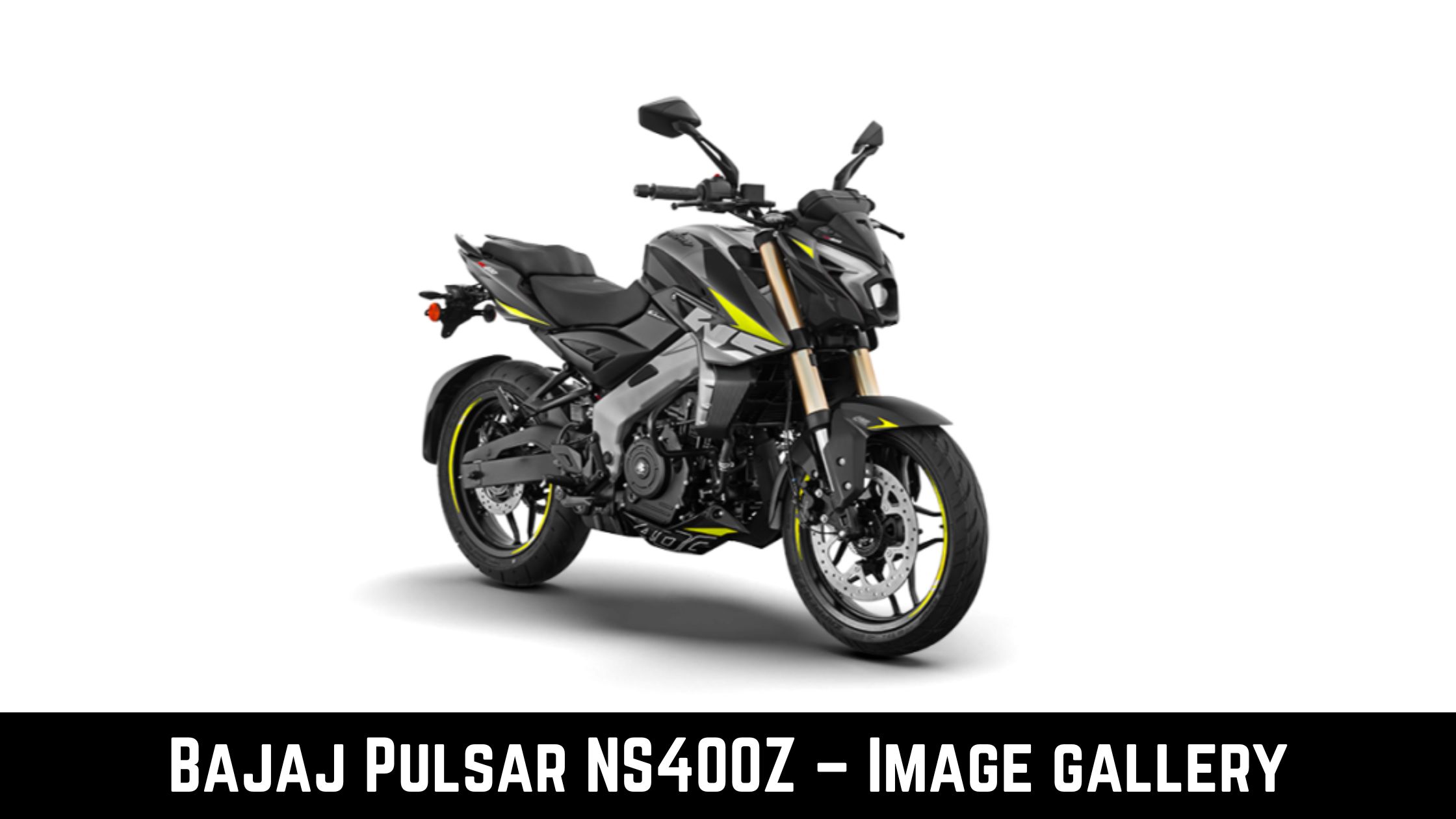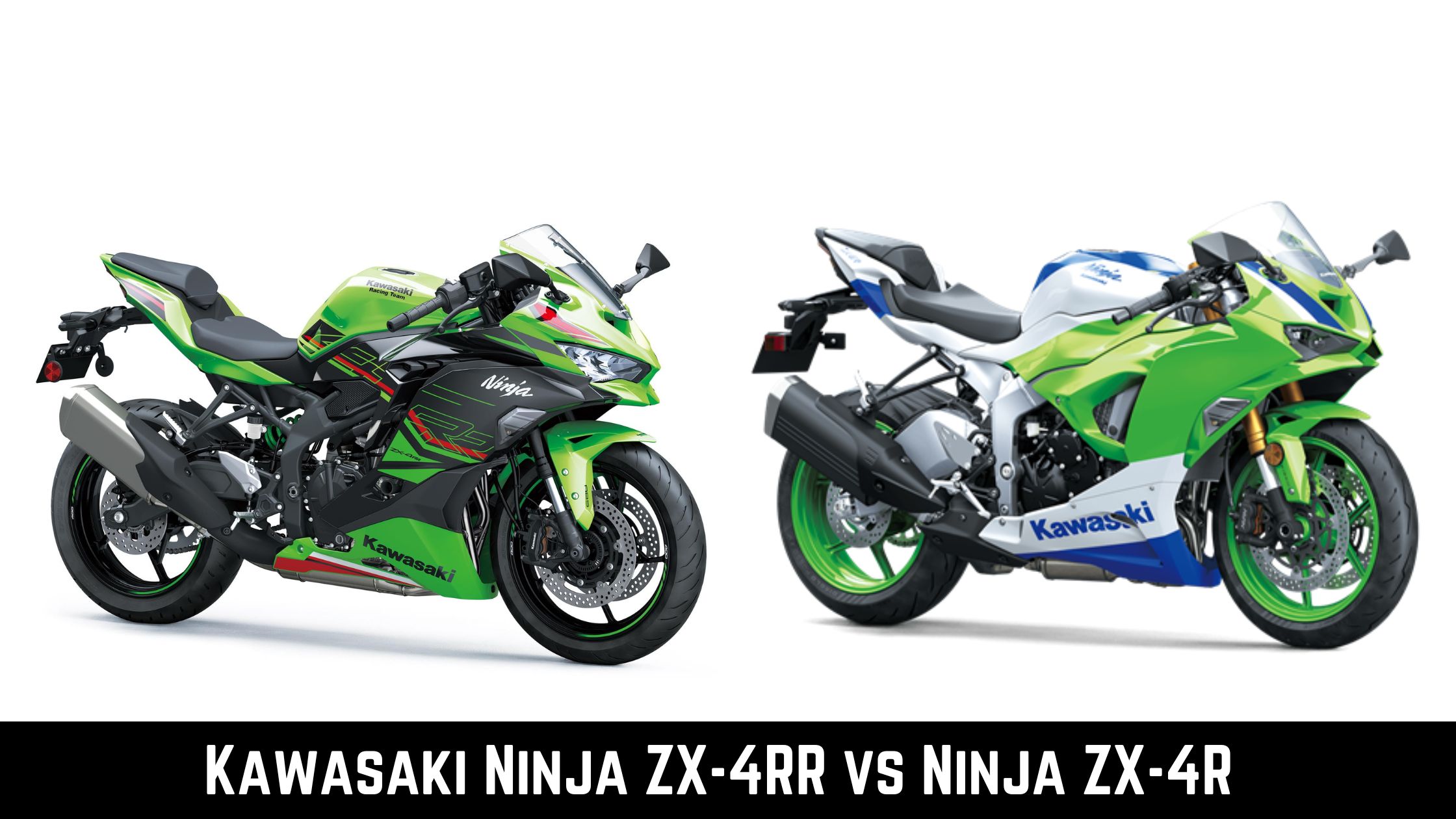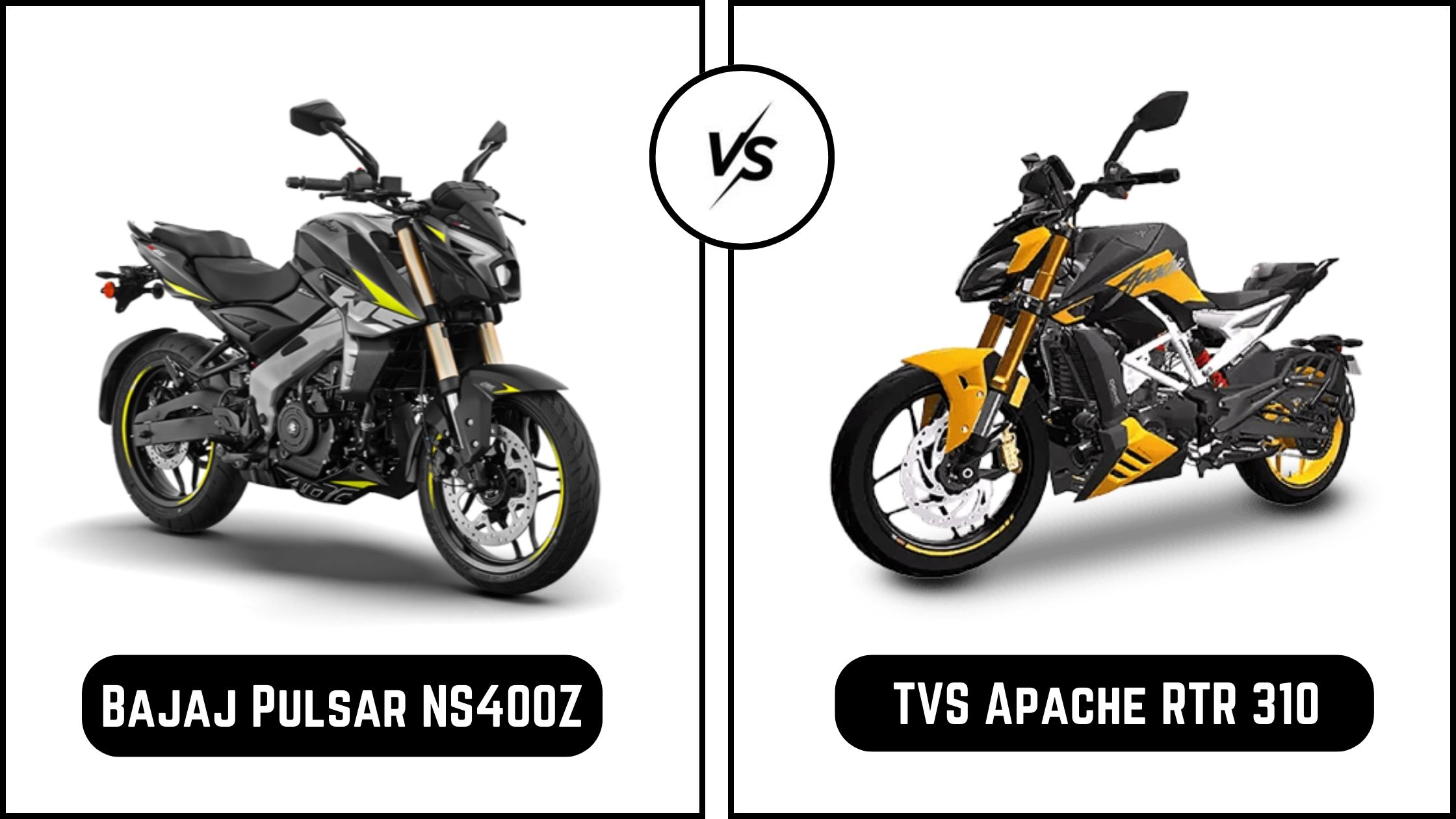
Did you know that in 1988 ABS made its motorcycle debut? The ABS technology used hydraulics rather than sensors and was very different from what we see now. Knowing this, you should also be aware that since then, ABS has emerged as a crucial component of motorcycle riding safety, and numerous countries have even made it necessary. But is ABS on a motorcycle as crucial as some claim? And that’s exactly what we’re discussing here.
How Does ABS Operate?
When you apply the brakes on a motorcycle without ABS, the master cylinder’s pressure is sent straight to the brake caliper. There are a few extra parts on a bike with ABS. The master cylinder, an ABS pump, and the calipers receive pressure in that order.
There is also an ABS computer, which is frequently mounted on the pump. This computer uses fixed sensors on the fork in the swingarm, and slotted tone rings on the wheel hubs to monitor braking pressure and front and rear wheel speed.
The ABS computer detects a skid or approaching lockup when it detects a difference between front and rear wheel speeds. Solenoid valves in the ABS pump will be activated to lower the brake pressure and regain traction. When ABS first debuted on motorcycles in the late 1980s, the systems were rather rudimentary and frequently interfered with while driving is ABS necessary in bikes.
How Safe is ABS On Motorcycles?
The ABS systems are quite expensive and heavy. Many riders today still believe that ABS is unsafe because of their experiences with these early rigs. Similar to lithium-ion batteries, smartphones, and Snapchat filters, ABS has advanced significantly in recent years.
Even on beginner motorcycles, ABS intervention is now far more sophisticated and subtle. But the cool part is right here. ABS technology has advanced to the point that there are now two layers. You have your basic configuration, which is centered on safety and is comparable to what we previously discussed. It’s designed to protect you when straight lines break. In addition, you have your performance systems.
They will be unable to give you a more accurate and improved ABS intervention, which makes riding safer and buying it faster. They will have access to a lot more data streams.
The anti-lock braking system on Ducatis perfectly demonstrates the latest technology. The ABS on Scrambler 1100 employs data from an inertial measurement device that can monitor how much the motorcycle is leaning. This is in addition to wheel speed sensors and a brake pressure sensor.
According to the information, the ABS computer may intervene more softly or earlier depending on the motorcycle’s lean angle. This is to consider that a bike has less stability and traction when cornering. More sophisticated racetrack settings are possible with additional channels and data from an IMU.
You may even use off-road ABS settings where you can completely lock the back tire while maintaining ABS operation up front, allowing you to lift or drift the rear tire.
Pros Of ABS On Motorcycles
By adjusting braking pressure, ABS’s main purpose is to prevent tire lockup, which helps the rider maintain motorcycle control by preventing skids. This is especially relevant if you’re driving on public roads. You could encounter anything from dirt to oil or if your tyres are worn out and have less traction.
Since ABS uses sensors to control brake pressure, it also makes it easier for the rider to slam on the brakes in an emergency or a low-grip situation. When you would otherwise lock up, skid, or even worse, uglier, this modulation greatly shortens the braking distance.
Cons Of ABS On Motorcycles
You probably believe there can’t be any drawbacks to this amazing life-saving technology after reading about the advantages, don’t you? There are. First, the idea that ABS shortens stopping distance is somewhat dubious and (in most cases) only applies to slippery surfaces like wet tarmac.
A sensitive ABS might operate against you when grip levels peak. This is because it modulates the brake pressure even when the tire isn’t slipping, lengthening the braking distance. This is one of the main arguments racers or seasoned riders use against ABS.
The increasing complexity of ABS systems is a further issue. A few extra parts—sensors, wiring, a motor, and fuses—come with ABS, some of which are vulnerable to harm when carrying out routine chores like installing tires or replacing brake pads.
Motorcycle ABS: Is it a Wise Idea?
Do you think ABS should be a priority for motorbikes? Yes, you should. Given that Marc Marquez isn’t the one reading this, you’ll likely spend most of your time on public roads. This is because anything could obstruct your path at any time. For this reason, ABS is a huge plus.



